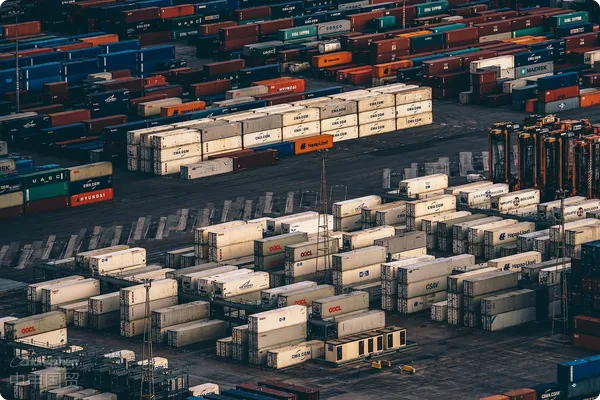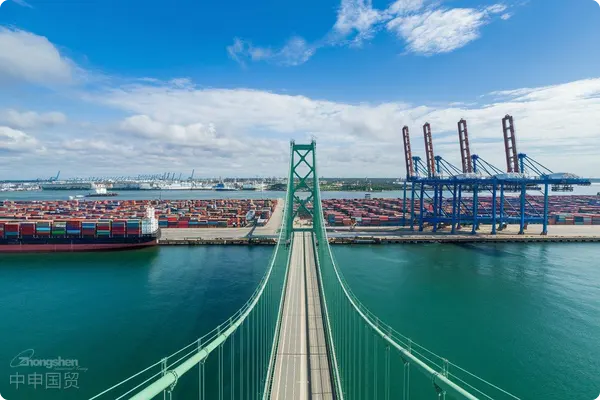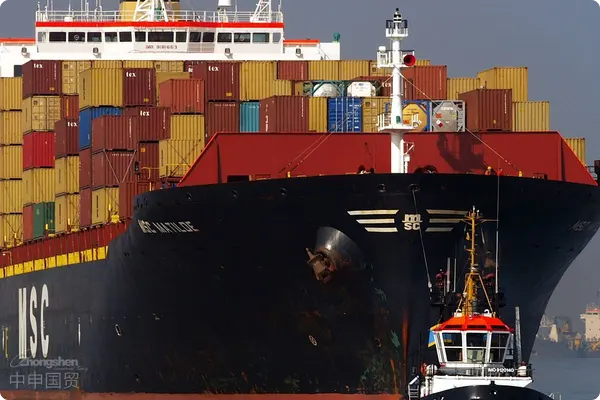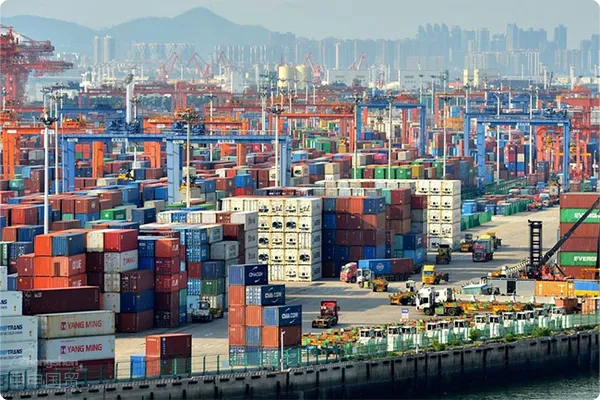- Shanghai Zhongshen International Trade Co., Ltd. - Two decades of trade agency expertise.
- Service Hotline: 139 1787 2118
In todays increasingly complex global trade environment, especially when exporting large - scale equipment, enterprises not only face the challenges of cost reduction and business continuity, but also have to deal with various emerging rules and uncertainties. So, when we consider theExport Clearance, what processes and possible problems do we need to pay attention to?
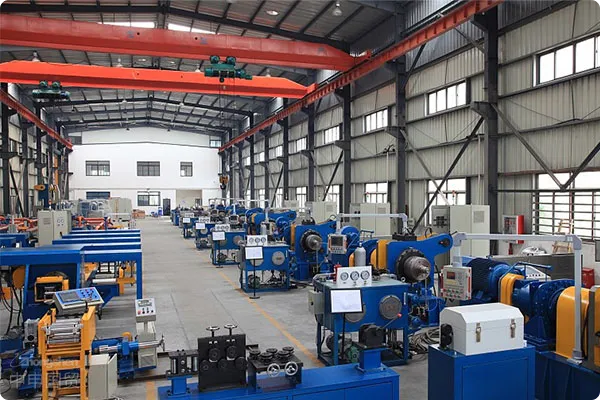
I. Declaration Content Required for Customs Clearance
Customs declaration is a crucial step in the export process, which requires the accurate and detailed provision of information about the goods. This information usually includes:
Brand Type:Clearly indicate the name of the goods.
Export Preferential Treatment:Identify the brand and category of the equipment.
Enjoy export preferences:Indicate whether there are export preferences according to relevant international agreements.
Function:Describe in detail the functions and uses of the equipment.
Handling method:Specify the packaging and handling methods of the goods.
Trademark:Include both Chinese and foreign language names.
Whether Encrypted:Provide the model of the equipment accurately.
Others:Provide additional information according to the actual situation.
The accuracy of this information directly affects the smooth progress of customs declaration, so it is very important.
II. Export Clearance Procedures
The export clearance procedure is a multi - step process covering all aspects from the order to the arrival of the goods at the destination:
Order processing (customer provides the purchase order):Receive the customers purchase order and conduct a detailed review. Confirm the product specifications, quantity, price and delivery date on the purchase order. Confirm the order details with the customer, including payment terms and delivery location.
Booking arrangement:Select a suitable vessel according to the size, weight and special requirements of the goods. Contact the shipping company or freight forwarder to book the shipping space. Determine the loading date and the estimated departure and arrival dates.
ReservationTrailer:Arrange a suitable trailer service according to the volume and weight of the goods. Arrange for the trailer to transport the goods from the factory to the port at the specified time.
Shipping space arrangement:Confirm that the goods have been loaded into the reserved shipping space. Ensure the safe fixation of the goods to prevent movement or damage during transportation.
Factory shipment:Supervise the loading work of the goods at the factory to ensure timely completion. Check whether the packaging of the goods meets the transportation requirements. Ensure that all necessary safety measures are in place.
Application for export documents:Prepare and submit all necessary export documents, such as invoices, packing lists, export licenses, etc. Check the documents to ensure they are correct and meet the requirements of the destination country.
Customs release:Submit the customs declaration form and related documents to the customs. Assist the customs in inspecting the goods (if necessary). Track the customs clearance process to ensure the smooth passage of the goods through the customs.
Shipment:Supervise the loading of the goods from the port onto the vessel. Confirm that all goods have been loaded correctly and safely.
Goods destination:Track the status of the goods in transit to ensure they are proceeding as planned. Communicate with the agent or customer at the destination to prepare for unloading and final delivery. Ensure that all documents for arrival at the destination are ready for the smooth passage of the goods through the customs at the destination.
During this process, timely communication and accurate document processing are the keys to ensuring a smooth export.
III. Export Declaration Documents
In the export process, the following documents are essential:
These documents must be accurate to avoid problems during the customs clearance process.
IV. Large - scaleEquipment ExportMatters needing attention in customs declaration andMaritime TransportationPrecautions
When exporting large - scale equipment, special attention should be paid to the following aspects:
Use of special containers:Since large - scale equipment usually requires special containers, this may incur additional container fees. Therefore, it is very important to communicate with the export manufacturer in advance to confirm the relevant costs.
Packaging and transportation risks:Ensure that the goods are firmly packaged, especially when using wooden boxes, to meet the safety standards of the shipping company.
Forecast of shipping schedule:Recently, the shipping schedule has fluctuated greatly, and it is difficult to book special container spaces. In order to avoid affecting the delivery date, it is necessary to communicate with the freight forwarding company in advance to book the shipping space.
The export declaration of large - scale equipment is a complex process. During this process, accurate document preparation, effective communication, and a full understanding of the process are the keys to ensuring smooth export.
Related Recommendations
? 2025. All Rights Reserved. Shanghai ICP No. 2023007705-2  PSB Record: Shanghai No.31011502009912
PSB Record: Shanghai No.31011502009912
